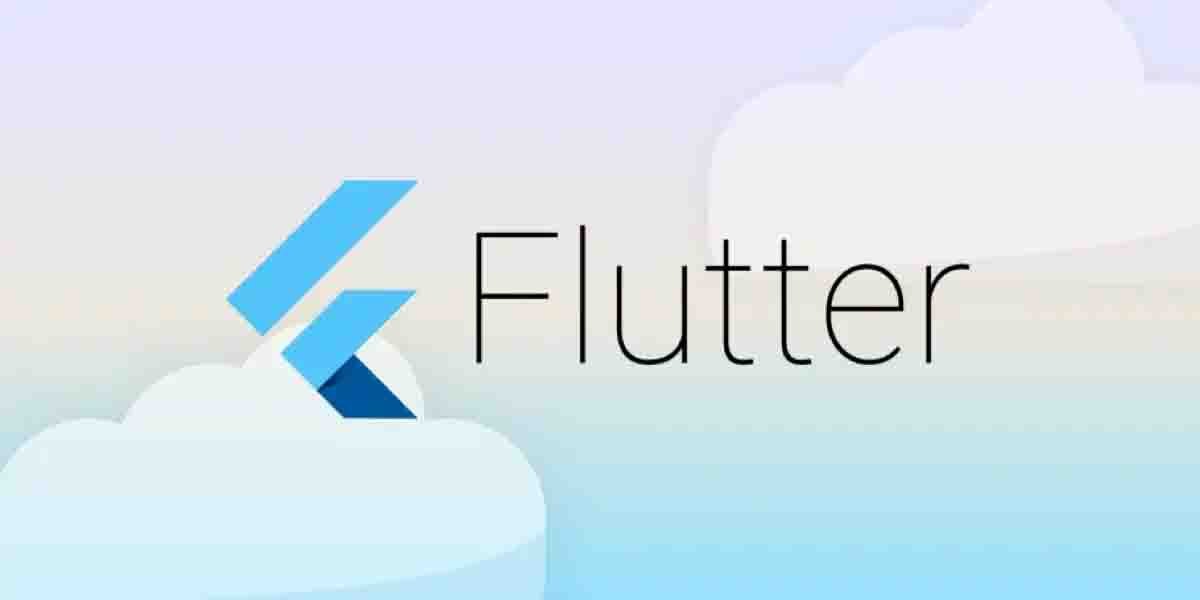
Firebase is a powerful platform that provides a suite of cloud-based services, which can be seamlessly integrated into your Flutter applications to add features like authentication, real-time data storage, file handling, and more. In this blog, we will dive deep into five core Firebase features that every Flutter developer should be familiar with: Firebase Authentication, Cloud Firestore, Cloud Messaging, Firebase Storage, and Firebase Remote Config.
10.1 Firebase Authentication (Email, Google, Facebook)
Firebase Authentication allows developers to integrate secure and easy-to-use authentication mechanisms in their applications. It supports several authentication methods such as email/password, Google, Facebook, and more. Flutter makes it simple to use Firebase Authentication through the firebase_auth package.
Setting up Firebase Authentication:
- Install dependencies: In your
pubspec.yaml, include the following packages:
yaml CopyEdit dependencies: firebase_core: ^latest_version firebase_auth: ^latest_version
- Initialization: You need to initialize Firebase in your app. Modify your
main.dartfile:
dart
CopyEdit
void main() async {
WidgetsFlutterBinding.ensureInitialized();
await Firebase.initializeApp();
runApp(MyApp());
}
- Email Authentication: Here's how to implement email/password authentication:
dart
CopyEdit
Future<User?> signInWithEmailPassword(String email, String password) async {
try {
final UserCredential userCredential = await FirebaseAuth.instance.signInWithEmailAndPassword(
email: email,
password: password,
);
return userCredential.user;
} catch (e) {
print(e);
return null;
}
}
Future<User?> createUserWithEmailPassword(String email, String password) async {
try {
final UserCredential userCredential = await FirebaseAuth.instance.createUserWithEmailAndPassword(
email: email,
password: password,
);
return userCredential.user;
} catch (e) {
print(e);
return null;
}
}
- Google Authentication: Firebase also supports third-party login via Google:
dart CopyEdit final GoogleSignIn googleSignIn = GoogleSignIn(); final GoogleSignInAccount? googleUser = await googleSignIn.signIn(); final GoogleSignInAuthentication googleAuth = await googleUser!.authentication; final OAuthCredential credential = GoogleAuthProvider.credential( accessToken: googleAuth.accessToken, idToken: googleAuth.idToken, ); final UserCredential userCredential = await FirebaseAuth.instance.signInWithCredential(credential);
- Facebook Authentication: You can add Facebook login with Firebase by following these steps in your Flutter app:
dart CopyEdit final LoginResult result = await FacebookAuth.instance.login(); final OAuthCredential facebookAuthCredential = FacebookAuthProvider.credential(result.accessToken!.token); final UserCredential userCredential = await FirebaseAuth.instance.signInWithCredential(facebookAuthCredential);
10.2 Firebase Cloud Firestore
Firebase Cloud Firestore is a NoSQL database that stores data in a flexible, scalable, and real-time manner. It's perfect for building real-time apps like chats, social media platforms, or collaborative applications.
Setting up Cloud Firestore:
- Add dependencies:
yaml CopyEdit dependencies: cloud_firestore: ^latest_version
- Initialize Firestore: Firestore is automatically initialized when you set up Firebase in your app.
- Add and Retrieve Data:
- Add Data:
dart
CopyEdit
FirebaseFirestore.instance.collection('users').add({
'name': 'John Doe',
'email': 'john.doe@example.com',
'age': 30,
});
- Get Data:
dart
CopyEdit
FirebaseFirestore.instance.collection('users').snapshots().listen((snapshot) {
for (var doc in snapshot.docs) {
print(doc.data());
}
});
- Update Data:
dart
CopyEdit
FirebaseFirestore.instance.collection('users').doc(userId).update({
'name': 'John Updated',
});
- Delete Data:
dart
CopyEdit
FirebaseFirestore.instance.collection('users').doc(userId).delete();
10.3 Firebase Cloud Messaging (Push Notifications)
Firebase Cloud Messaging (FCM) allows you to send push notifications to users across iOS, Android, and the web. Push notifications are a great way to engage users with timely information.
Setting up FCM:
- Install Dependencies: Add
firebase_messagingto yourpubspec.yaml:
yaml CopyEdit dependencies: firebase_messaging: ^latest_version
- Set up Firebase Messaging:
- Initialize Firebase and request permission for notifications:
dart CopyEdit FirebaseMessaging messaging = FirebaseMessaging.instance; await messaging.requestPermission();
- Listen for Messages: You can set up background and foreground message listeners:
dart
CopyEdit
FirebaseMessaging.onMessage.listen((RemoteMessage message) {
print('Message received: ${message.notification?.title}');
});
FirebaseMessaging.onMessageOpenedApp.listen((RemoteMessage message) {
print('Message opened: ${message.notification?.title}');
});
- Send Notifications: You can send notifications directly from the Firebase console or programmatically via Firebase Cloud Functions.
10.4 Firebase Storage (Uploading & Downloading Files)
Firebase Storage provides a robust and scalable solution for storing files like images, videos, and other content.
Uploading Files:
- Add dependencies:
yaml CopyEdit dependencies: firebase_storage: ^latest_version
- Upload Files: To upload files, you can use
firebase_storage:
dart
CopyEdit
FirebaseStorage storage = FirebaseStorage.instance;
// Get the file from the device
File file = File('path_to_file');
try {
await storage.ref('uploads/file.jpg').putFile(file);
} catch (e) {
print('File upload failed: $e');
}
Downloading Files:
To download files:
dart
CopyEdit
try {
final String downloadURL = await FirebaseStorage.instance
.ref('uploads/file.jpg')
.getDownloadURL();
print('Download URL: $downloadURL');
} catch (e) {
print('Download failed: $e');
}
10.5 Firebase Remote Config
Firebase Remote Config allows you to dynamically modify the behavior and appearance of your app without publishing an app update. You can remotely control elements like UI themes, feature flags, and much more.
Setting up Remote Config:
- Install Dependencies:
yaml CopyEdit dependencies: firebase_remote_config: ^latest_version
- Fetch Configurations: Remote Config values can be fetched and applied as follows:
dart
CopyEdit
FirebaseRemoteConfig remoteConfig = FirebaseRemoteConfig.instance;
try {
await remoteConfig.fetchAndActivate();
String configValue = remoteConfig.getString('your_config_key');
print('Config value: $configValue');
} catch (e) {
print('Error fetching remote config: $e');
}
- Update Configurations in Firebase Console: You can define key-value pairs in the Firebase Console under Remote Config and use them dynamically in your app. This allows you to easily enable or disable features or change app behavior based on external conditions.
Conclusion
Integrating Firebase with Flutter enables you to build feature-rich and scalable mobile applications. Whether it's handling authentication, managing real-time data, pushing notifications, uploading files, or dynamically configuring the app, Firebase provides an extensive suite of services that can enhance your Flutter projects. By mastering these five Firebase features, you'll be well-equipped to create robust, real-time, and user-friendly Flutter apps.
Leave a Comment